
J. Jeffrey Brausch & Company has advised clients on financial deals while achieving a perfect flying safety record.
March 3, 2016
Jeff Brausch steps out of the hangar and peers up at the sky. The clouds are a gray quilt, but there are touches of blue at the seams, and the quilt is lifting. Brausch is supposed to fly today, but it rained overnight, and more showers are forecast later in the day. While temperatures are in the 40s, the December lake effect can quickly turn conditions icy in Akron, OH, where Brausch’s financial consulting business is based.
He founded J. Jeffrey Brausch & Company in 1962 to help businesses throughout the Midwest with initial public offerings (IPOs), acquisitions and other financial needs.
In the 1960s, he started visiting clients in a Piper Apache 150. Today, he’s still the owner, president and sole pilot, but the company has a full-time senior director, Sara Finan, and Jeff’s wife, Sandy Brausch, is the vice president. With clients up to 900 miles away, they now fly a Piper Cheyenne II XL.
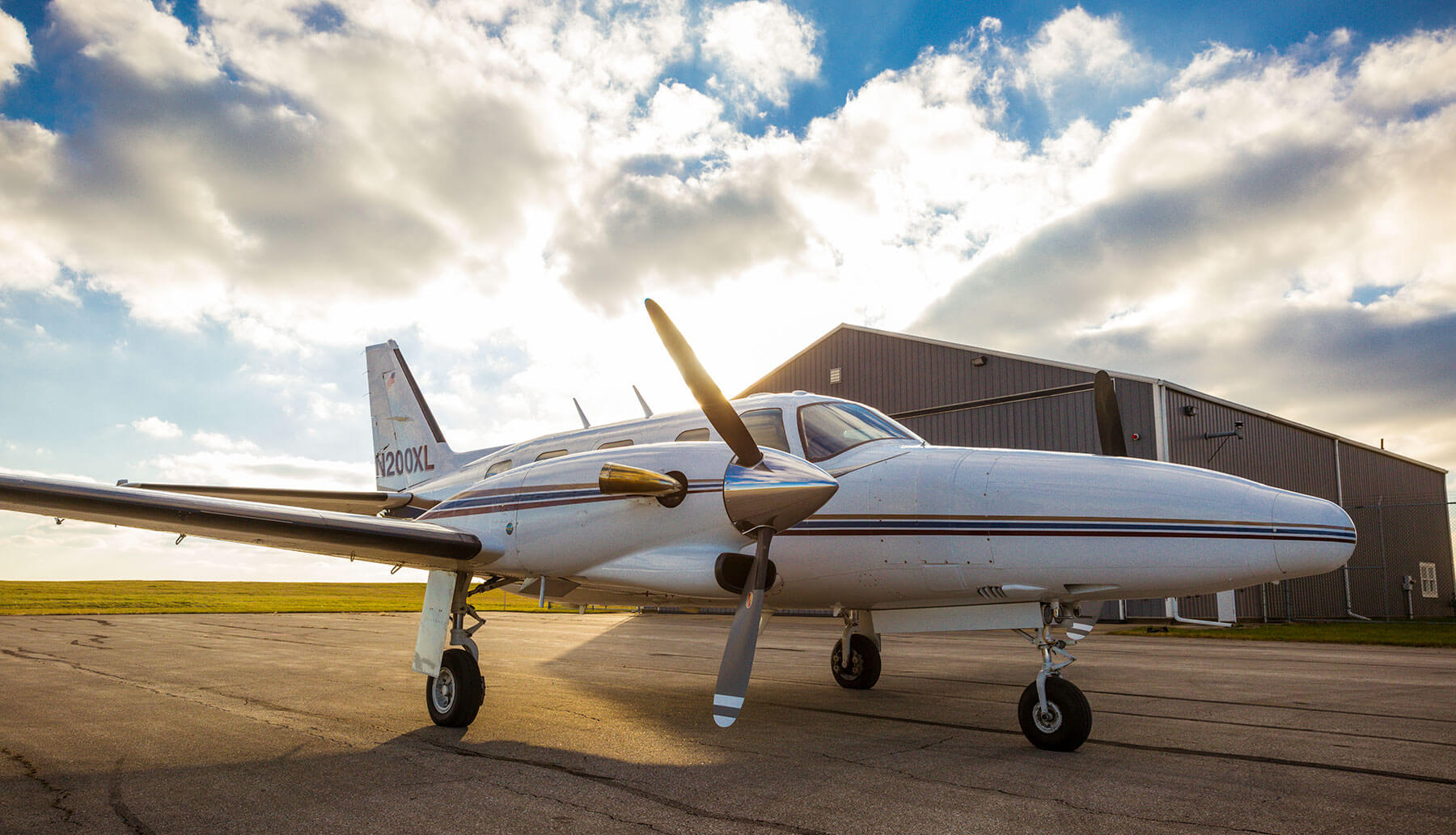
Staying in the Zone
When he goes out to check the sky, Brausch is gathering information – visual data that he’ll add to the terminal forecast at his destination, METARs, radar and satellite returns – but he’s also searching for a gut feeling.
“As a pilot, you always want to stay in your comfort zone,” said Brausch. “So you not only know you’re qualified in the weather you anticipate flying, but you have a safety cushion; you’re comfortable flying that weather. And if you aren’t, don’t go.”
A lot of safety materials have been written for single-pilot operators like Brausch, and he reads them all, from the FAA, Flight Safety Foundation, NBAA and the Aircraft Owners and Pilots Association. But what he’s found most important over 50 years of accident-free flying is staying in that comfort zone.
When the client calls the night before, the aircraft makes it easy and cost-effective to be there. And it gives us the flexibility to extend our stay if we need to.
“And by comfort zone, I mean different, overlapping circles of comfort,” Brausch explained. “First is maintenance: you shouldn’t fly an airplane if you aren’t convinced it’s completely airworthy. Next is your proficiency flying weather, your personal minimums.
“Another is fatigue. As a single-pilot operator, I’m often faced with the prospect of spending a full day with a client, and then having to decide whether I’m ready to make a flight back, or if that’s pushing it too much and it’s better to stay over.”
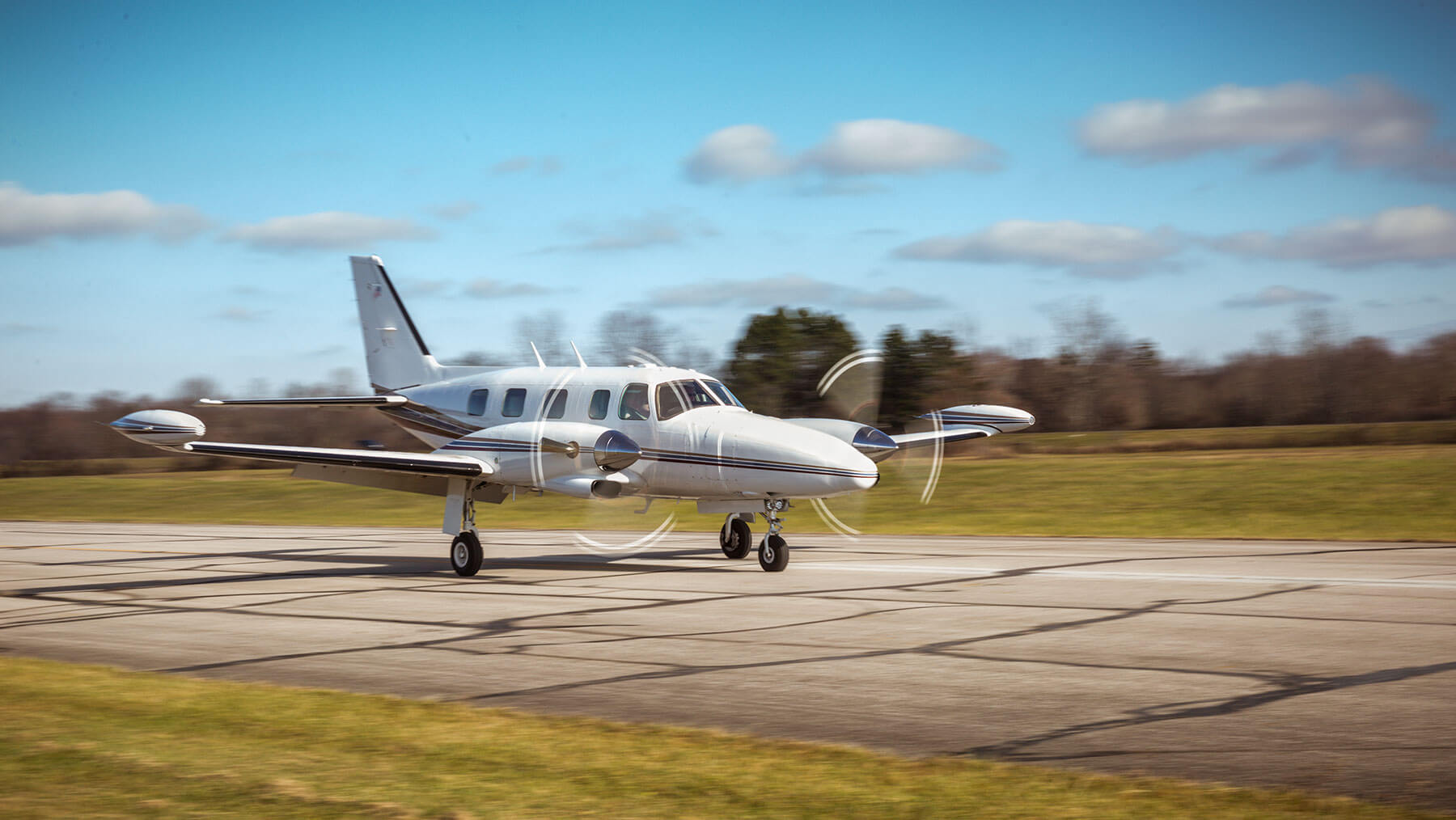
‘We Need You Here Tomorrow’
It’s not uncommon for clients to ask Brausch to meet the next day in Chicago, Cincinnati, Memphis, New York or Boston. Brausch’s firm is not a financial underwriter; the company is an independent advisor to clients on major deals, helping them choose the best investment-banking partners.
“Unlike some consultants, we work really hard to form long-term relationships with our clients and earn their trust,” said Sandy Brausch. “Many we’ve worked with for 40 years. So when they, for example, want to acquire a company, we have a strong sense if it’s a good fit for their business.”
Brausch & Company combines deep knowledge of their clients, the investment – banking landscape and hardnosed analysis to evaluate underwriters. In an IPO, for example, Brausch says there are at least 20 factors to consider. And since a company usually only goes public once, the client relies on Brausch to be an objective guide, with no conflict of interest.
As a pilot, you always want to stay in your comfort zone.
“When the client says, ‘We really need you to come down and take a look at this acquisition,’ they can’t always plan these deals weeks ahead,” said Brausch. “So when they call the night before, the aircraft makes it easy and cost-effective to be there. And it gives us the flexibility to extend our stay if we need to.”
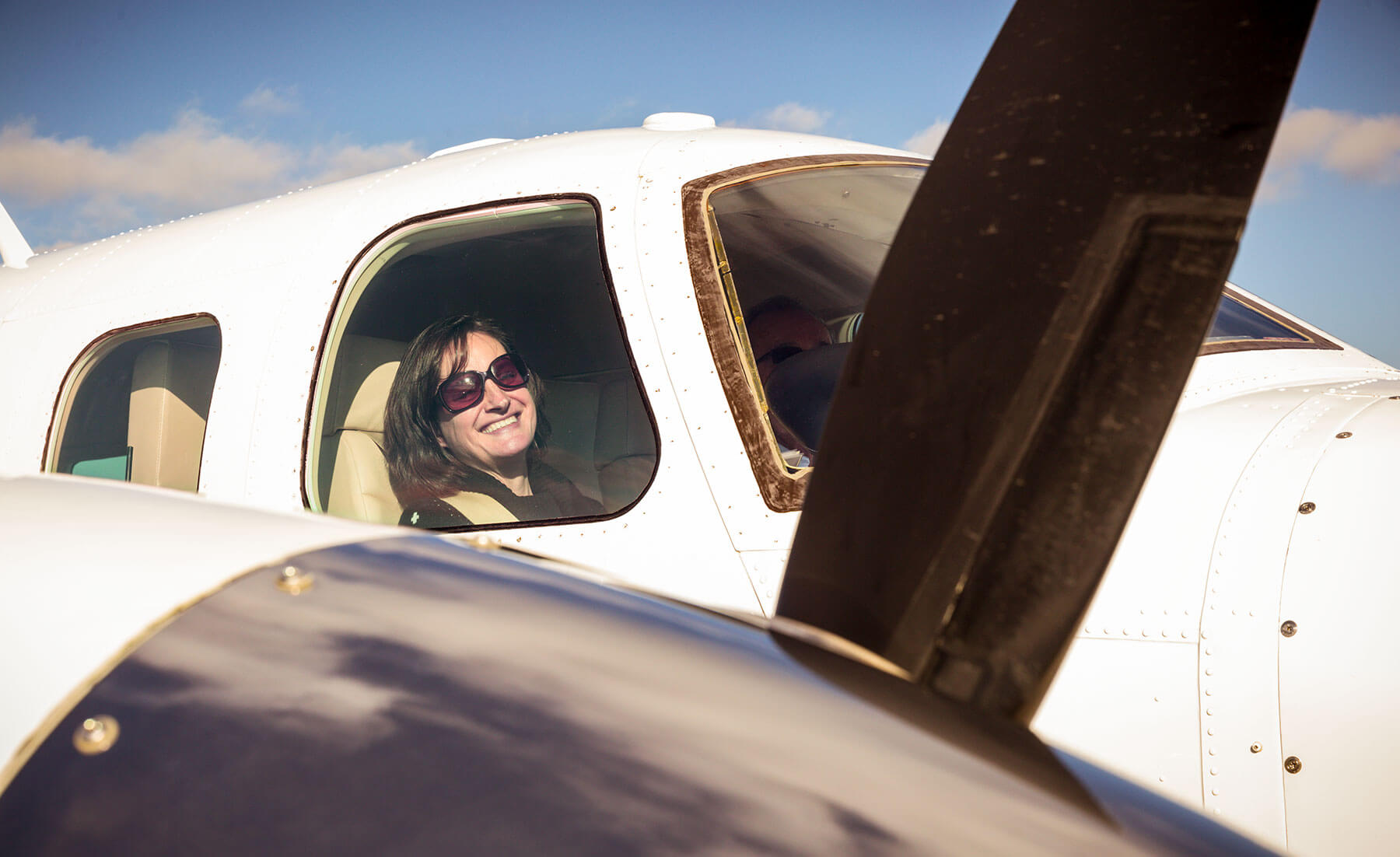
Single-Pilot Resource Management
When deciding whether to stay over, Brausch is backed up by Sandy or Finan, who often fly with him and take turns sitting in the right seat.
“Fatigue is insidious and hard to self-appraise,” said Brausch. That’s why, before most flights they take together, Sandy or Finan will ask Brausch if he’s feeling fatigued.
“If we’ve been meeting a lot of clients, I’ll ask Jeff if he feels up to making the trip home,” said Finan. “That is really a basic thing, but it matters. It really does.” It’s not often that Jeff Brausch decides to stay over, but “as much I would rather be at home,” she said, “I’m always grateful that he makes those calls.”
Although neither Finan or Sandy Brausch are pilots, when they’re sitting in the right seat, they’ll go through the pre-flight and other checklists with Jeff, to fight complacency. They’ll check the altimeter and the directional gyros, change radio frequencies and reset the transponder, as needed.
Having a passenger who’s not a pilot perform limited tasks in the cockpit can add another layer of safety to single-pilot operations. It’s considered appropriate by NBAA and is covered in Chapter 6 (Single-Pilot Resource Management) of the FAA Risk Management Handbook.
“Single-pilot resource management is a topic I’m interested in because of my personal flying experience,” said Brausch. “Just because you don’t have a copilot in the right seat doesn’t mean you don’t have a resource there.”
Finan and Sandy Brausch have both attended ground school, taken flight lessons and been in a Cheyenne simulator. It has made them more familiar with the cockpit, enhanced their ability to ensure safety and enabled them to stay calmer during rough weather or when a warning light comes on.
In the air, Finan or Sandy Brausch will get out the enroute charts and approach plates. On every single approach, they’ll work with Jeff to run through the Flight Safety Foundation’s Approach and Landing Accident Reduction checklist.
“I love sitting in the right seat and helping,” said Finan. When you’re there, you contribute in a pretty big way.”
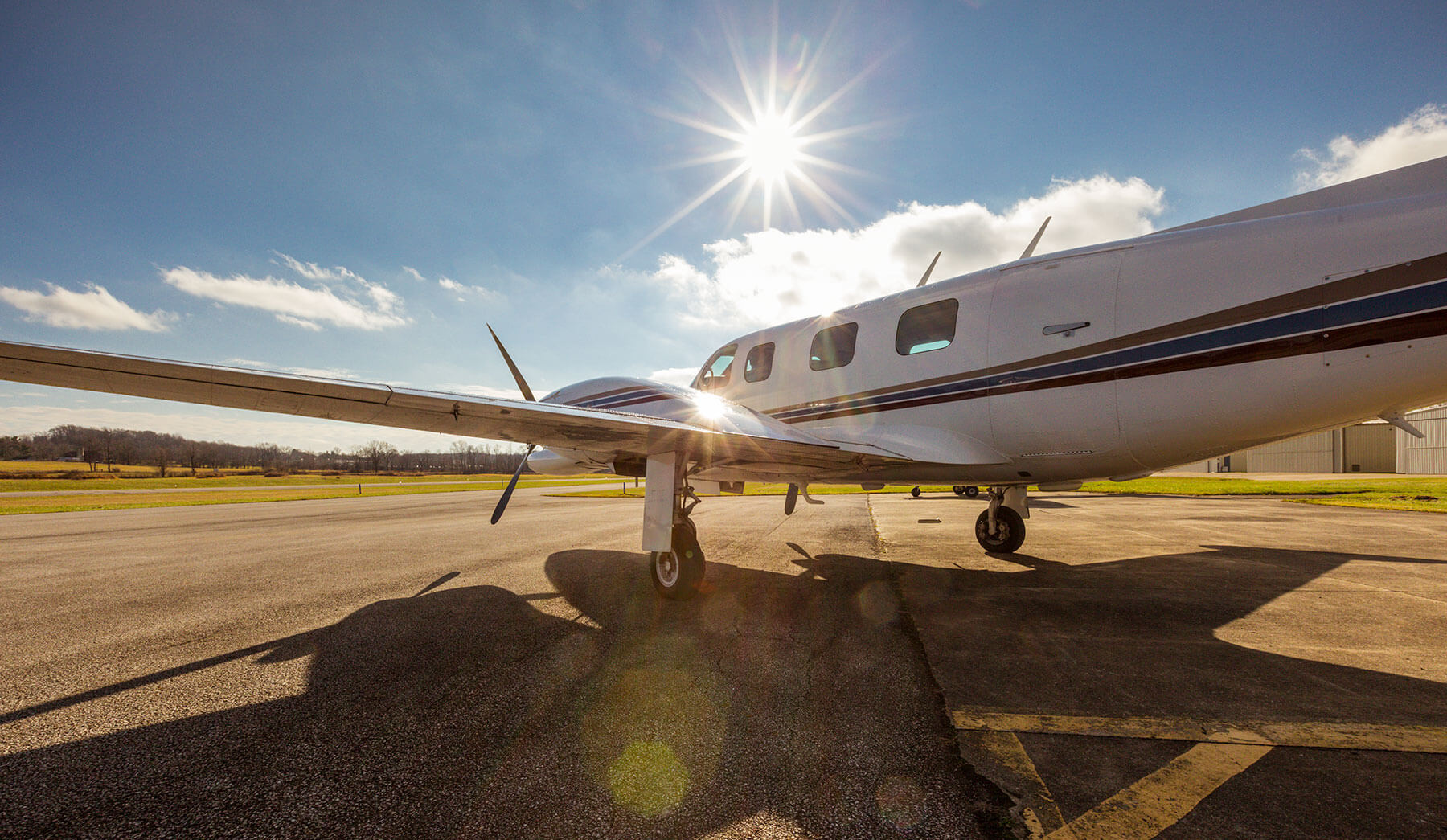
Calling for Backup
Frequently Brausch flies to clients and travels with them to meetings with underwriters or potential investors. Carrying clients can increase the pressure to push the envelope, but that’s where 50 years of experience, longstanding client relationships and trusted coworkers make a difference.
“When you do a lot of flying and you really are in your comfort zone, what can go wrong is complacency,” said Brausch. “But if it’s backed up by self-discipline and another person asking you questions and giving you responses, that breaks it up.” Today the sun comes out and Brausch does get to fly, just later.
Risk Assessment vs. Gut Check
Jeff Brausch has flown accident-free for more than 50 years, receiving the FAA’s Master Pilot Award in 2013 and NBAA’s 50-year Flying Safety Award in 2015.
Brausch has long used a one-page Flight Risk Assessment Tool (FRAT) and runs through it every time. It’s a simple checklist of potential risks, including weather conditions, familiarity with the destination, quality of the airfield and about a dozen other factors.
Each risk factor is given a numerical value, then the numbers are totaled and the FRAT returns a score that indicates it either is safe to fly as planned, extra steps need to be taken to mitigate risks, or the flight should not be attempted.
Brausch has gone through the FRAT so many times that it nearly always validates his gut check for being in his comfort zone on all these factors. Only on blue-sky days does he run through it mentally, without using a clipboard. Nevertheless, he still has his coworkers in the right seat ask him about risks such as fatigue, and they run through risk-evaluation checklists with him.
“Typically, weather’s the issue,” said Brausch. “Otherwise, we have a nearly 100-percent rate of being able to go and return when we want to.”
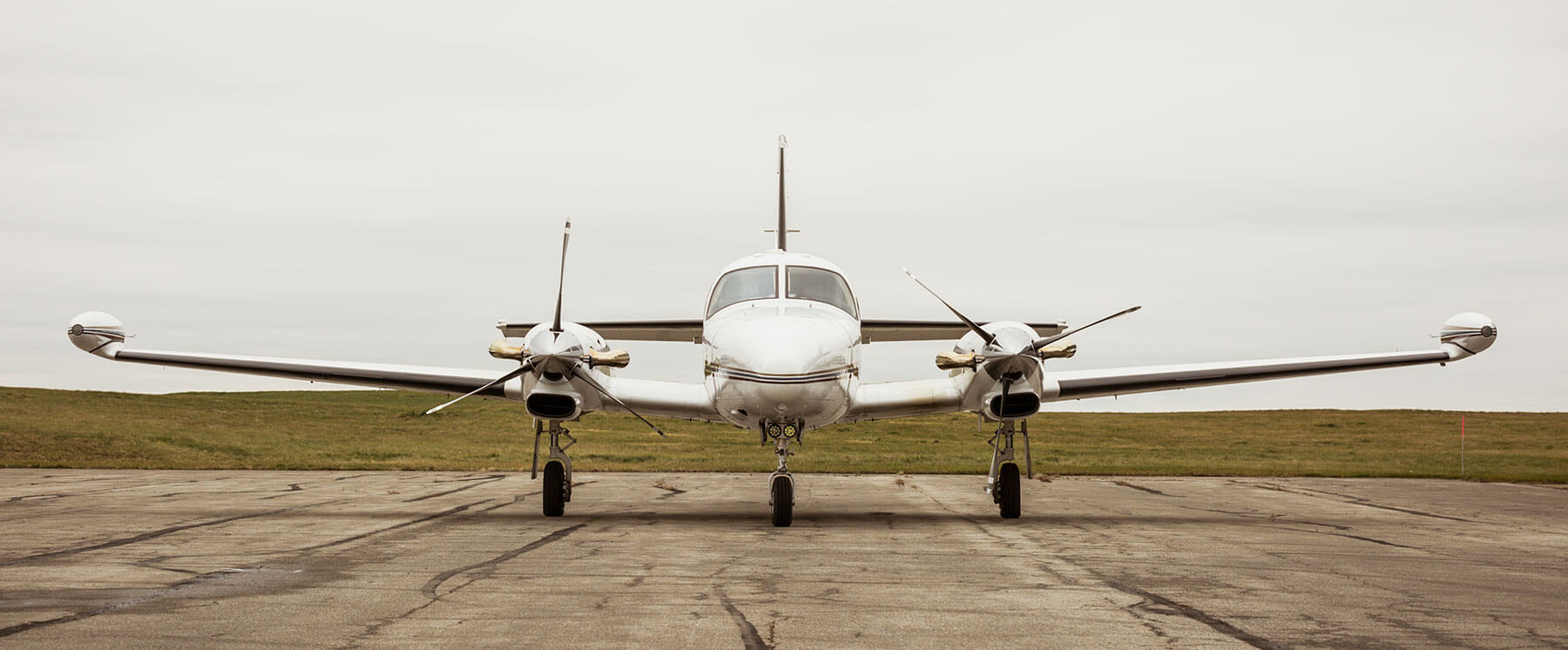
Snapshot: J. JEFFREY BRAUSCH & COMPANY
Base:
Private hangar on Akron-Canton Airport (CAK) near Akron, OH
Aircraft:
Piper Cheyenne II XL
Personnel:
Brausch is the owner/operator and sole pilot


 International Business Aviation Council Ltd.
International Business Aviation Council Ltd.